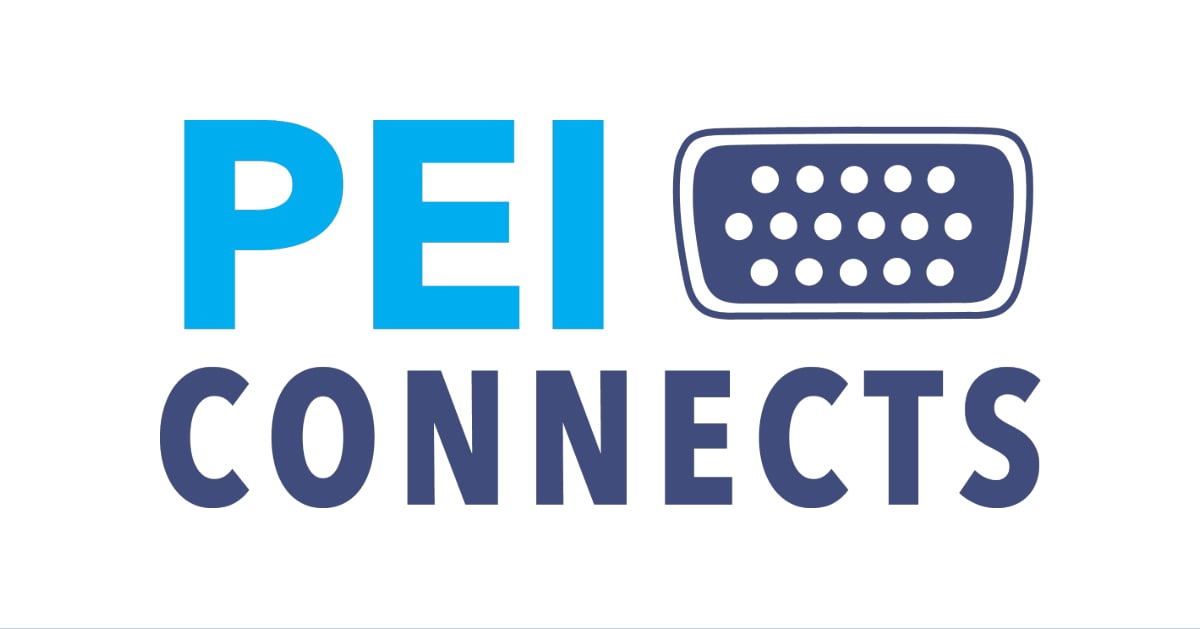Smart clothing and body sensors for military use may not sell the same way smartphones do, but it’s still a growing market.
Tractica forecasts that overall shipments of smart clothing will rise from 968,000 units in 2015 to 24.75 million units in 2021, a compound annual growth rate of nearly 72 percent.
 Smart clothing has become a key component in the creation of new military uniforms, designed to improve the health of the soldier while providing added battlefield insight. Smart military clothing is expected to be a $500 million market by next year.
Smart clothing has become a key component in the creation of new military uniforms, designed to improve the health of the soldier while providing added battlefield insight. Smart military clothing is expected to be a $500 million market by next year.
“The military has partnered with industry leaders, other government agencies, and academia to support and advance the development of potential smart clothing solutions that would be beneficial to the U.S. military by giving them a technological and tactical advantage over its foes,” write the students of the University of California Berkley’s Sutardja Center in their analysis of the smart clothing market.
Their research and development falls into three categories:
- Protection against injury
- Wound detection
- Health and stress monitoring
Sensors are a crucial part of wearable electronics, and have gained in sophistication even as they’ve decreased in size and cost.
The sensors in today’s market fall into three categories:
1. Physiological
This group includes sensors that measure heart rate, blood pressure, body temperature, perspiration rate, sleep and rest quality, muscle engagement and blood oxygenation. They are primarily used to spot injuries, trauma and stress.
2. Kinetic
These sensors measure things like steps, pressure, acceleration, location (GPS) and direction. These sensors direct stress and injury, generate electricity and offer tactical coordination between ground troops and their command centers.
3. Agent Detection
Also known as environmental sensors, these sensors are designed to detect and avert dangers by measuring things such as radiation, chemicals, viruses, bacteria, fungi, humidity, temperature and atmospheric pressure.
When working with smart clothing and body sensors, the challenge is to create a garment that can be treated like other clothing, being comfortable, flexible and washable.
At the same time, many wearable systems are meant to be worn during rugged activity. Soldiers in the field need wearable clothing that can withstand a wide range of temperatures. This clothing also needs to provide effective shock and vibration resistance, as well as resistance to chemicals or solvents that might otherwise destroy a commercial device.
Interconnections and electronics must be unobtrusive and durable. This requires:
- Reliable terminations that are insulated, robust and waterproof
- Flexible, garment-based antenna and transceiver solutions
- Stretch-conductive insulated wire
- Small, dryable batteries
- Crease and crimp resistant PCB/FPCs
If you are looking to customize your sensor solution with a Mil-Spec connector and cable assembly design, contact PEI-Genesis today.
And to learn more about how PEI Genesis has served the U.S. Military, check out our case study, Mission Critical Connectors for Military Operations.














